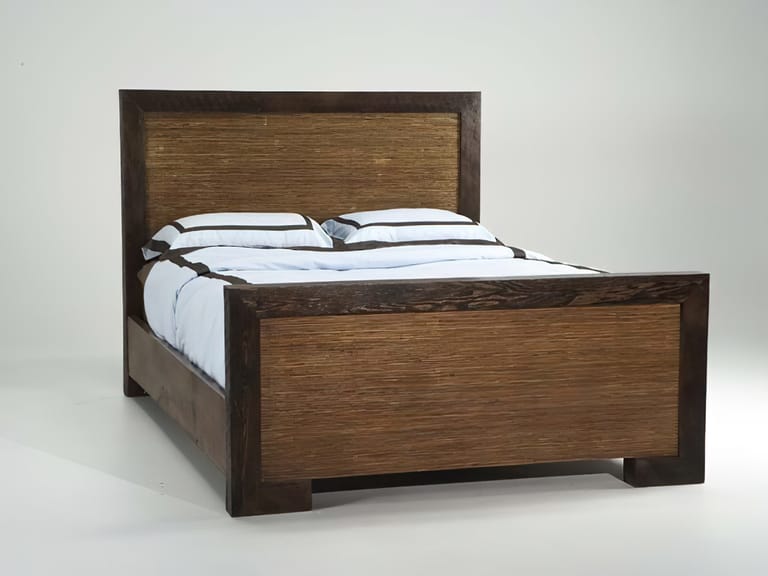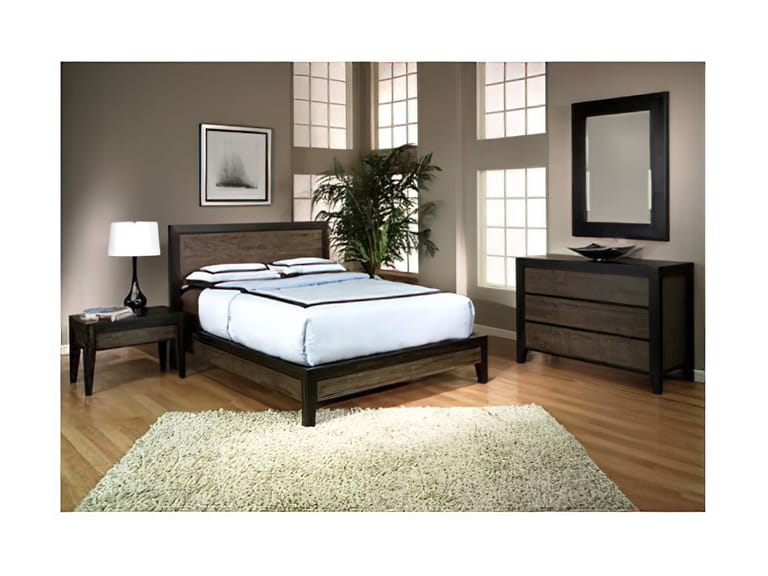
Urban Woods Fairfax Bed Frame
Price: $2,835.00
View Product
Urban Woods Trousdale Bed Frame
Price: $2,940.00
View Product
Urban Woods Wilshire Bed
Price: $2,000.00
View ProductExplore the latest advancements in materials that are transforming the furniture industry towards sustainability. This article highlights innovative materials that not only reduce environmental impact but also enhance the aesthetic and functional qualities of furniture designs.
The furniture industry is witnessing a significant shift with the introduction of innovative materials that promote sustainability. From bamboo and reclaimed wood to bio-based plastics and recycled metals, these materials are not only environmentally friendly but also versatile in design. This article will delve into how these materials are being utilized in contemporary furniture designs and what consumers should look for when choosing eco-friendly options.
Among the most celebrated materials in sustainable furniture design is reclaimed wood. This material is sourced from old buildings, furniture, and other wooden structures, giving it a second life while reducing the demand for new lumber. Reclaimed wood not only contributes to sustainability but also adds character and history to furniture pieces. Each grain and imperfection tells a story, making reclaimed wood a favorite among designers and consumers alike.
Description: Warm and inviting, with a generously-sized headboard, this bed is made solely from reclaimed wood. Finished with water-based stains and low-VOC acrylics, this bed is both beautiful and sustainable.
Price: $2,000.00
View ProductBamboo is another remarkable material making waves in the sustainable furniture landscape. It is one of the fastest-growing plants on the planet, making it a highly renewable resource. Not only is bamboo strong and versatile, but it also has natural antibacterial properties, making it an excellent choice for furniture in homes.
Designers are increasingly utilizing bamboo in various furniture applications, from lounge chairs to dining tables, creating striking pieces that are both functional and eco-friendly. The lightness and durability of bamboo also contribute to energy-efficient transportation and manufacturing processes.
As the world grapples with plastic waste, the emergence of bio-based plastics presents an innovative solution for sustainable furniture design. These plastics are derived from renewable resources, such as corn starch or sugarcane, and are designed to be biodegradable. This innovative material allows manufacturers to create stylish and functional furniture without the harmful environmental impact associated with traditional plastics.
Bio-based plastics can be molded into various shapes, offering endless design possibilities while maintaining durability and resistance to wear and tear. This material is especially popular in modern furniture design, where sleek lines and a minimalist aesthetic are in demand.
Recycled metals are another material gaining traction in sustainable furniture design. Metals such as aluminum and steel can be recycled indefinitely without losing their properties. By utilizing recycled metals, furniture designers can create sturdy, stylish pieces while significantly reducing the carbon footprint associated with metal production.
The industrial aesthetic of recycled metal furniture often appeals to consumers looking for unique and modern designs. From coffee tables to shelving units, recycled metals are versatile and can blend seamlessly with various design styles.
The shift towards sustainable furniture design has been championed by key individuals throughout history. Here are three influential figures who have made significant contributions to the realm of sustainable design:
As a leader of the Arts and Crafts Movement, William Morris emphasized the importance of craftsmanship and the use of natural materials. His philosophy advocated for quality over quantity, promoting handmade furniture and decor that honored traditional techniques and sustainable practices.
Known for his innovative furniture designs, Eero Saarinen focused on creating forms that were both functional and aesthetically pleasing. His work laid the groundwork for modern furniture design, encouraging the exploration of new materials and manufacturing processes that align with sustainability.
A contemporary designer, Patricia Urquiola is recognized for her commitment to sustainable practices. She often incorporates eco-friendly materials into her furniture designs while maintaining a strong focus on aesthetics and functionality. Her work exemplifies the potential of sustainable design in appealing to modern consumers.
The furniture industry is evolving, and the focus on sustainable materials is more critical than ever. As consumers become increasingly aware of their choices and the impact on the environment, the demand for sustainable furniture will continue to rise. By embracing innovative materials like reclaimed wood, bamboo, bio-based plastics, and recycled metals, designers can create pieces that not only enhance living spaces but also support eco-friendly practices.
As you consider your next furniture purchase, keep an eye out for these sustainable options. Whether you choose a stunning Urban Woods Wilshire Bed or a modern bamboo chair, your choices can contribute to a greener future for our planet.

Price: $2,835.00
View Product
Price: $2,940.00
View Product
Price: $2,000.00
View Product